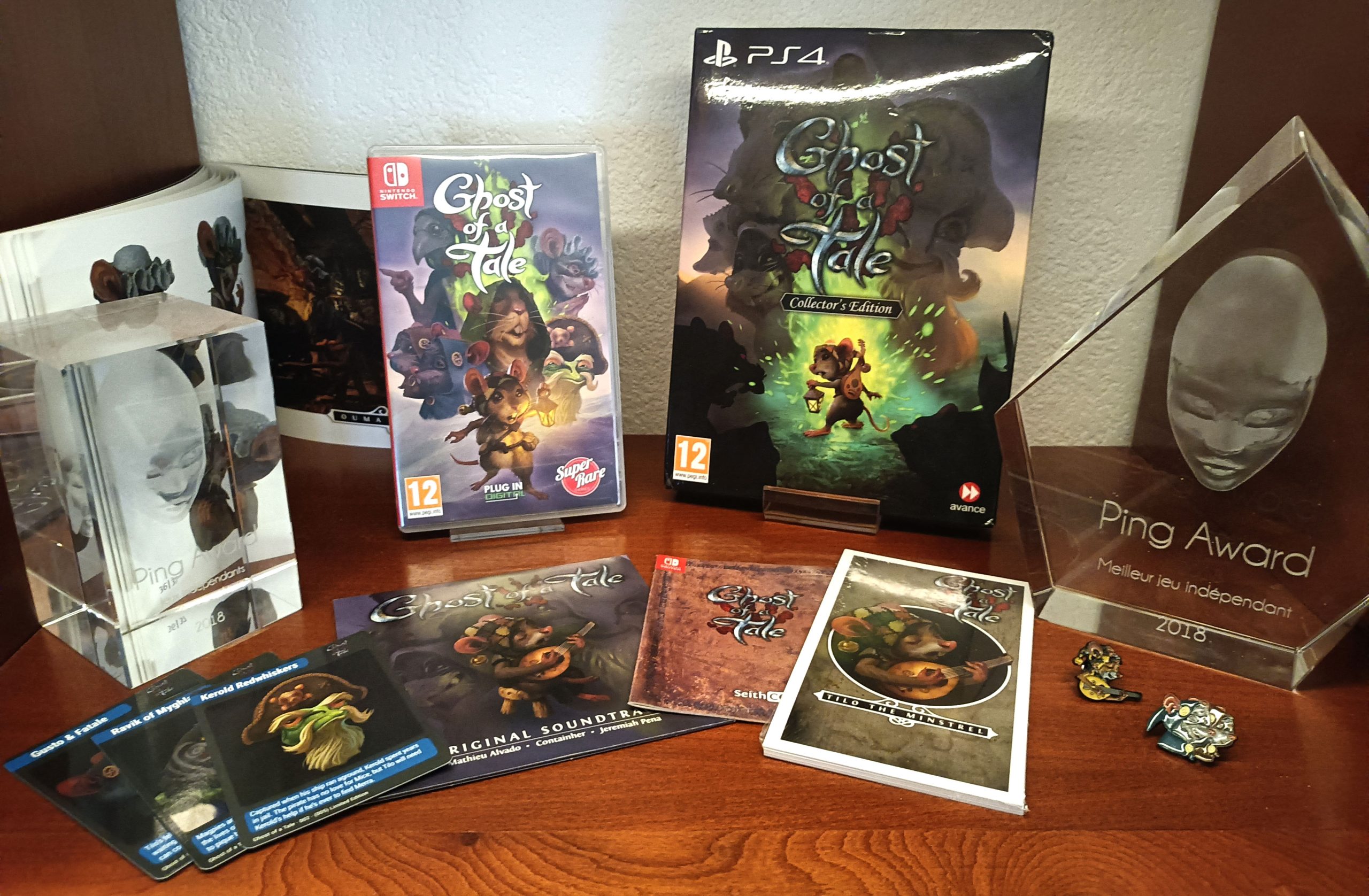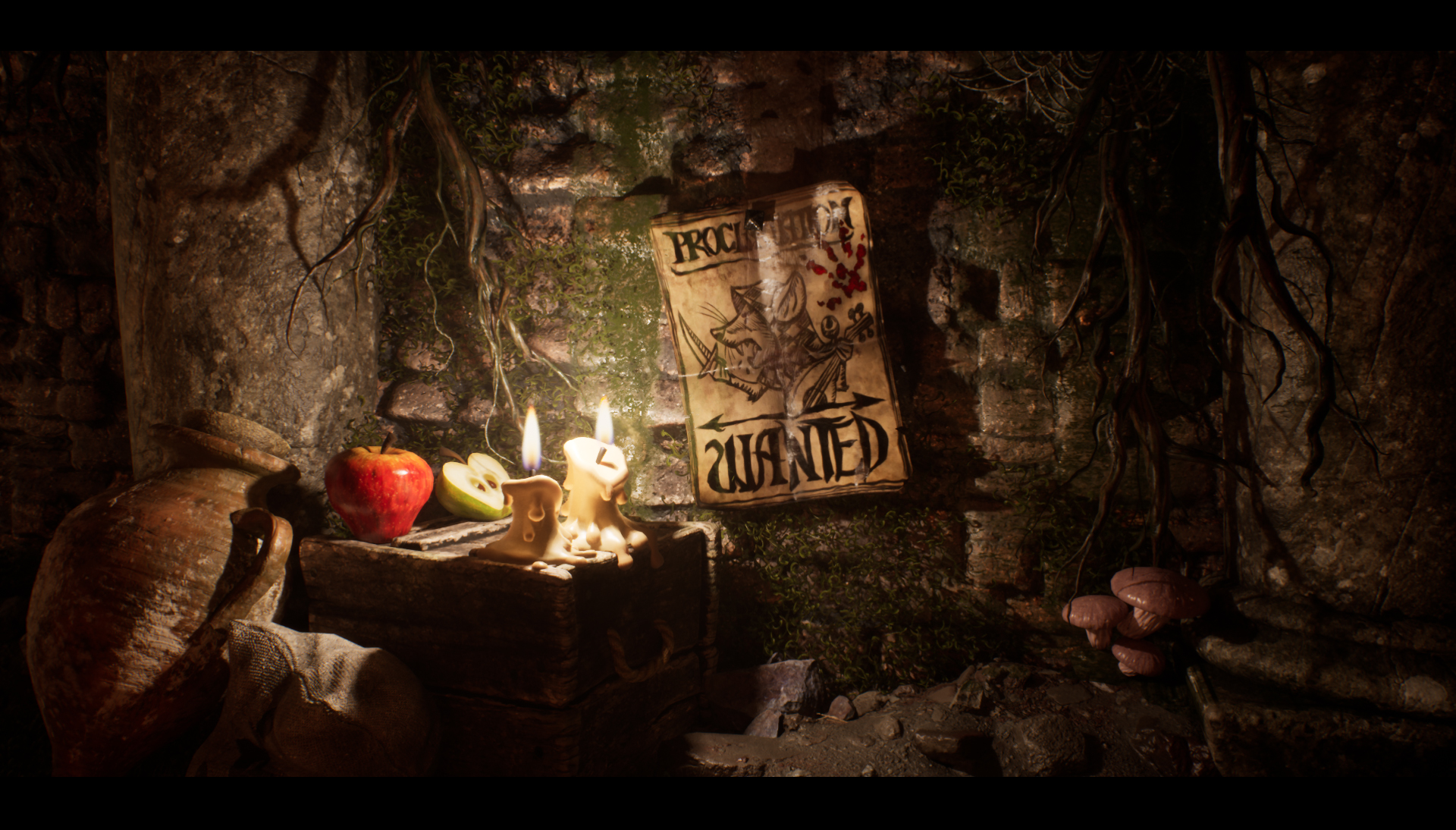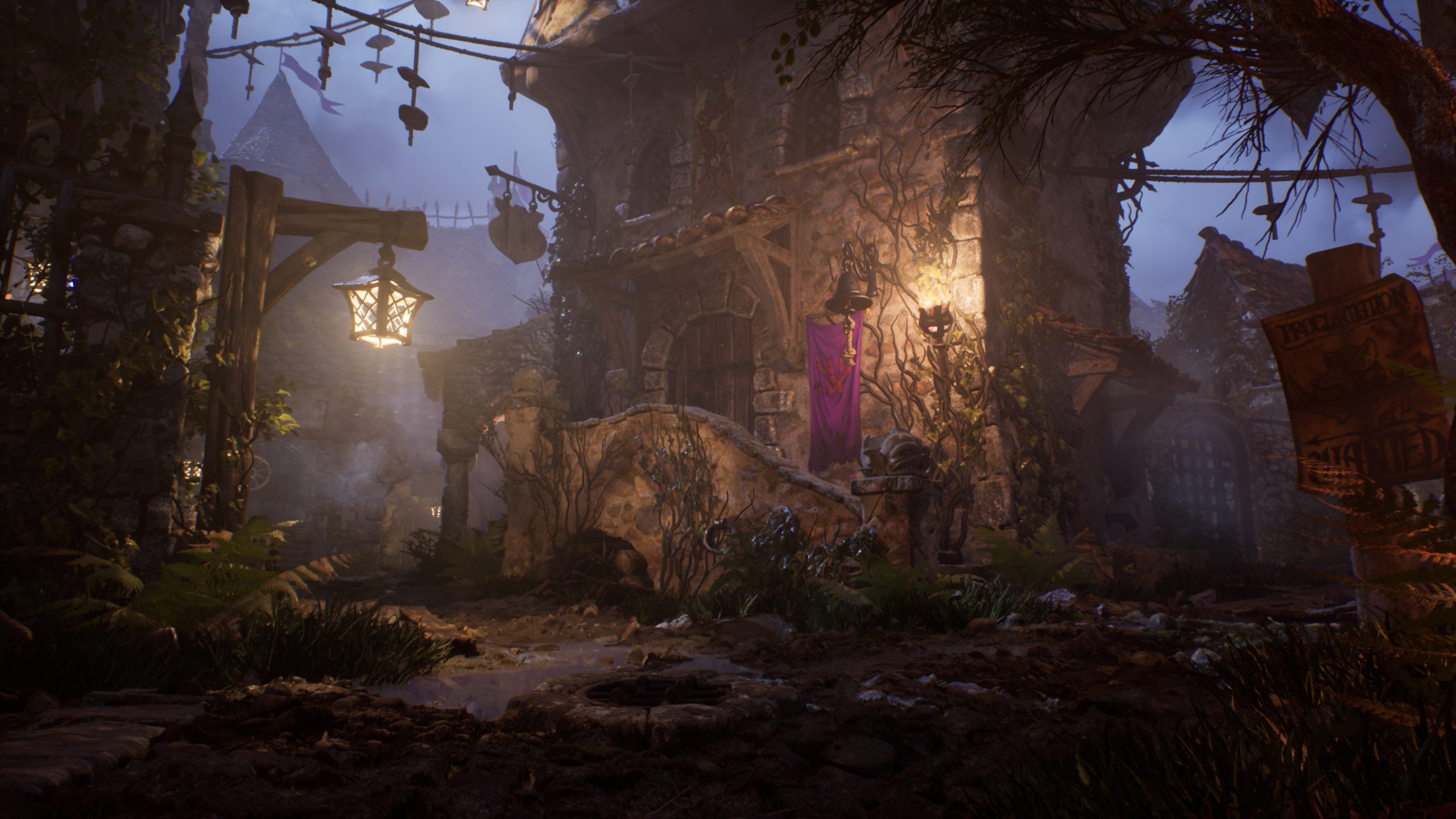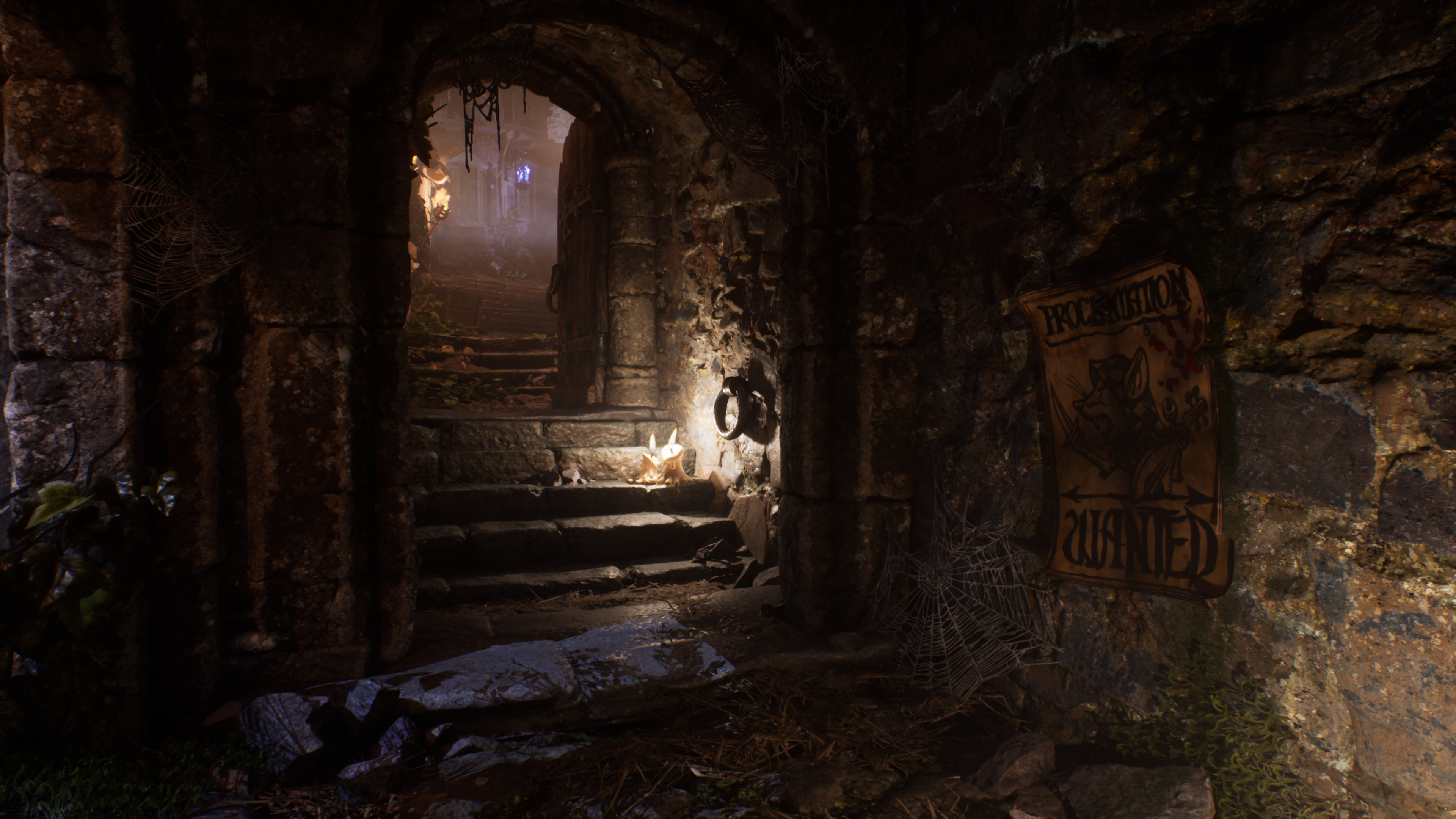We’re back!!!
January 1, 2025
Hello everyone! Well, it’s been a while.
Let me catch you up on what happened since we released Ghost of a Tale…
Of course we worked right away to maintain the game and fix bugs (both in early access and after the release). We also hired and provided support to a localization studio (
Level Up Translation), after which we worked on porting the final game to the Xbox One (one of the hardest things we’ve ever done) and then hired another studio (
Seaven Studio) to port the game to PlayStation 4 and the Nintendo Switch. We also worked on two physical releases (PS4:
Tesura Games / Switch:
Super Rare Games) featuring art and design documents. The game even won two awards!

After that we started thinking about our next game. We planned out the development and work began utilizing the same engine (Unity) we had used on the first game. We also developed a separate tool for quests and dialog creation to cater to our specific needs (our previous off-the-shelf tool was little more than a glorified text editor). Once Paul publishes quests & dialogs the new tool allows us to integrate those in-game with one click. It was a sizeable time investment that cost us a full year but it would prove to be very wise down the line (spoiler alert).
After a couple of years of steady work a picture started to paint itself and I just didn’t like it: We were spending more time fighting the engine rather than actually creating gameplay systems and assets. I was getting more and more frustrated with the everyday limitations and hassle Unity put on our iterative process…
Around that time Epic began to communicate about their new Unreal Engine 5. So I took a look at it (not having liked at all the earlier 4.x iterations) and it became clear to me this was a much better option for our game. I had no doubts about this but keep in mind it was almost a year before what could be called the “great dev migration” when a lot of indie and AAA game developers decided to ditch their current (and sometimes proprietary) engine and moved on to UE5.
I could talk for hours about the differences between Unity and Unreal Engine and I’m happy to if enough of you are interested. Just let me know in the comments.
Here’s a previously shared screenshot showing the first fruits (huhu) of our early work in Unreal:

Anyway I had to break the news to Paul and Cyrille: We needed to change our game engine in the middle of production. Which almost never happens in the industry because the consequences are too dire to contemplate. Normally you would have to go through a storm of unpleasant meetings, convince the heads of the studio, look producers and investors in the eye and say “we need to scrap those last couple of years of development and start again from scratch”. Unthinkable!
Thankfully in our case it turned out Paul and Cyrille were willing to trust me and bite the bullet. Still, Cyrille was doing a lot of the back-end pipeline like data management, saving/loading system and authoring tools and it meant for him to ditch everything he knew and had accomplished in C# and move on to C++. Not an easy prospect by any stretch of the imagination.
But we were hoping the quality of the visuals would clearly justify our decision, as you would hopefully agree seeing this (also already shared) screenshot in UE5:

Although Paul’s work wasn’t to bear the worst of the brunt it still meant for him to revert to early stages of testing and participate again to the initial development of a new system of dialogs and quests, intricately interwoven with game design. Thankfully our earlier choice of investing in an entirely separate first-party tool to author dialogs and quests proved to be a good one since it meant that the nature of Paul’s writing work wouldn’t be affected too much by the game engine change. Another positive outcome was we got time to refocus on the game’s strengths and essence, which we might not have done had we kept on plowing ahead as initially planned.
So in the end we “lost” about a year-and-a-half just to learn the new engine and recreate the old game systems. But I’m very glad to say today that it was all well worth the time, pain and money. We’re now at a stage we would never have reached with the previous engine. Both in terms of visual quality and gameplay richness.
Here’s a new screenshot taken in a spot that might be familiar to you as it’s roughly matching the very first (Unity) screenshot we ever shared online. This time however it reflects the look of the game in the new engine:

Anyway, as we kick off this new year we will start sharing more information about the game’s progress, like we did the first time around. Of course we still have a lot of work ahead but we are hoping you’ll stick with us as we talk about every aspect (technical, artistic, narrative, etc.) of making a game in Unreal Engine 5.
And on this note let me close this very first development blog post about Ghost of a Tale 2 and wish you a Happy New Year!!
PS: To stay up to date with news regarding the game please follow us on these:
GhostOfATale on
Twitter /
Bluesky /
Instagram /
Facebook
SeithCG on
Twitter /
Bluesky













